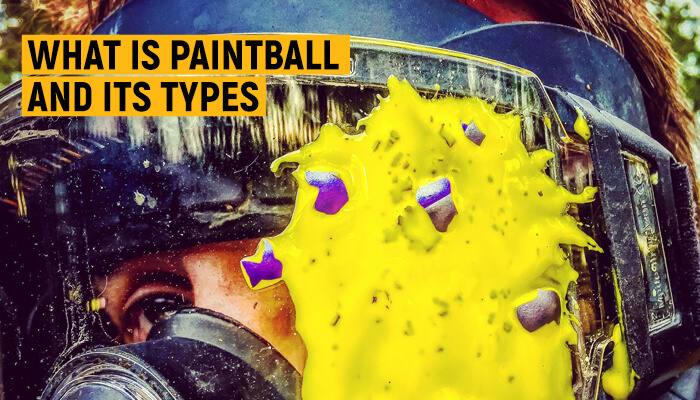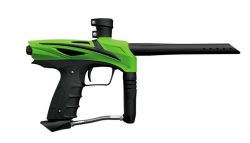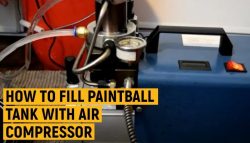A paintball gun popularly known as a paintball marker is basically a type of air gun that is used during the paintball game for the purpose of firing paintballs.
Paintball markers utilize compressed gas, like carbon dioxide (CO2) or packed air (High-Pressure Air) to drive color-filled gel cases called paintballs through the barrel and immediately strike an object. The expression “marker” is derived from its unique use as an instrument for the ranger service workforce to stamp trees and farmers to check meandering dairy cattle.
Types of Paintball Markers
Depending on the ease of use, durability, firing speed, power, and cost, paintball markers are of different categories and types. Players choose different markers according to their skill level and preferences. Mainly, paintball markers or paintball guns are of these three types;
- Pump
- Mechanically operated
- Electro-pneumatic
Read more: How does a Paintball Gun Work
Pump Paintball Guns
Pump paintball markers are the most established kind of weapon that is seeing a resurgence as of late. Pump markers require manual activity to fire.
Just like a pump action shotgun, a paintball marker also requires a similar pump to reload the marker and chamber every time a paintball is fired.
Pump markers, for example, the Empire rifleman siphon weapon are truly dependable and make a player center around their field abilities and precision rather than capability.
While playing with pump guns is a remunerating challenge, it is additionally the hardest way for another player to get into the game, particularly in case they are reliably facing rivals with self-loading rifles.

Cost of pump paintball gun
Pump markers can be costly, or they can be less expensive. By and large, a quality pump marker will be more affordable than an electric marker.
Although I wouldn’t say there is much of a difference between the pump and mechanical marker, any dissimilarity would be somewhat less for the pump.
Pump markers are not suitable to be utilized for speedballs. Ordinarily, you will not utilize a siphon/pump marker except if it’s in a game explicitly utilizing pump markers or as a sidearm. Pump markers are most normally utilized for scenario or stock class games. In situation games, the siphon/pump activity can cause the story to feel all the more genuine.
Mechanical Paintball Guns
A mechanical paintball gun is another type of paintball gun. Mechanical paintball markers are the most well-known markers seen in the sporting play. Mechanical markers are usually self-loaders, which means they shoot a single shot for each trigger draw. They are not difficult to keep up with and can be entirely credible. With the right extras, they are the least demanding markers to utilize, which might be compared to a simple camera. Most mechanical markers can work on CO2 or Compressed Air. In case you are playing at a business field or have a very much overseen professional shop close by then you can by and large get either tank topped off without any problem.
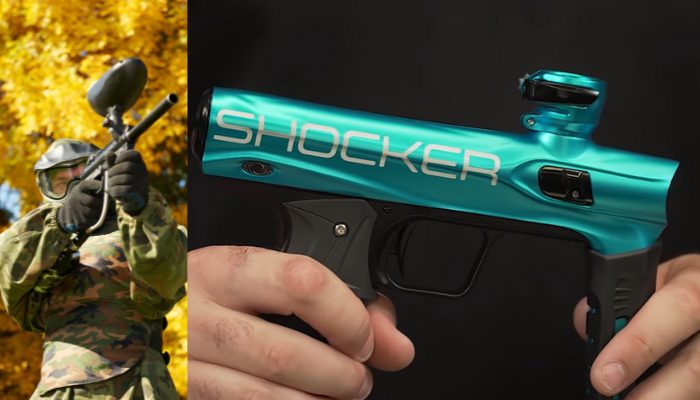
Most mechanical paintball guns available today are what is known as a blowback plan. At the point when the trigger is pulled it moves a ball from the tank. This delivers a striker or mallet that is under spring strain. The striker hits the valve, opening it sufficiently long to drive the paintball out of the barrel. The strain from this also drives the striker back till it is caught by the burn, while the next paintball becomes good in the breech.
If you can’t acquire compressed air fills, you’ll need to make sure your marker can function on more readily available CO2. The majority of mechanical markers will do so.
The firing speed of a mechanical marker is higher than a pump and lower than an electro-pneumatic one. Not at all like with an electric marker, you need to ensure and pull the trigger right back, as on a genuine gun. This can cause your fire speed to be lower, contingent upon the length of the trigger draw.
By and large, you’ll have the option to fire a mechanical marker around 5-6 times each second. The speed of fire likewise relies upon what hopper or paintball tank you have. You can’t shoot quicker than the paintballs get stacked into your paintball weapon.
Read more: Paintball Basic Playing Rules
Cost of the Mechanically Operated Paintball Gun
These aren’t much more expensive than a good pump marker. In the event that your financial plan is tight and you can just manage the cost of one kind of paintball marker, to begin with, get a mechanical one. The expense of keeping one is generally not exactly that of an electro-pneumatic marker, which is one more factor to think back to when buying your next paintball marker.
Electronic Paintball Guns
Electronic paintball firearms/guns were once a costly extravagance. However, nowadays these are more reasonable than any other time in recent memory. These types of paintball markers use an electronic solenoid to shoot the balls. They are supported by a 9-volt battery. Rather than a long and weighty trigger force like mechanical markers, an electronic gun trigger snaps a miniature switch or excursions a laser bar.
Pulling the trigger resembles clicking a button on a PC mouse so one can attain an extremely high speed of fire. A circuit board controls every one of the orders going to the solenoid so practically all electronic markers are equipped for burst, full auto, sloping (adding additional shots the more you pull the trigger), and other shooting modes. If classified into different parts, an electronic paintball marker consists of an electric solenoid, a pneumatic poppet valve, and a spool valve.
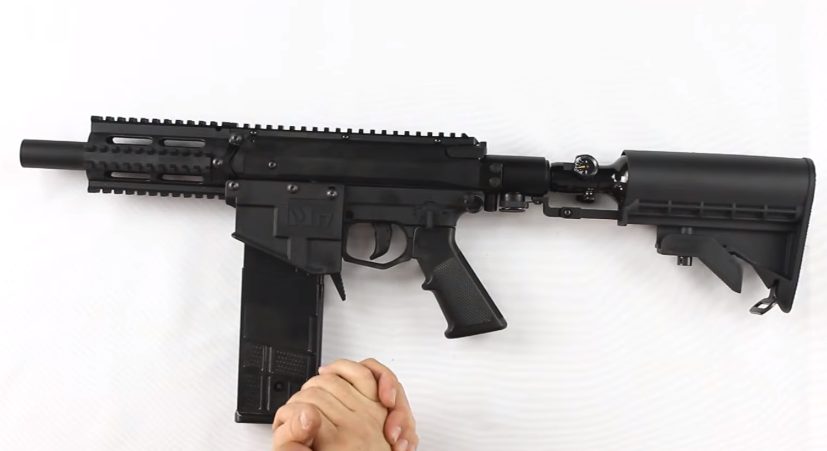
Electric markers are fundamentally mechanical markers that utilize an electronic solenoid to move the piston. They increment the pace of fire and give you really halting firing mode alternatives. They are still fast and simple to keep up with very much like their mechanical marker, first Pneumatic poppet valves are like stack tube blowbacks in idea yet utilize a tension-controlled slam rather than a striker. The outcome is an extremely quick and steady discharging paintball marker that is additionally very effective, having many chances per fill. The Planet Eclipse Etek4 is an exemplary illustration of this style of marker. Practically all pneumatic poppet valve markers require compacted air to fire. Utilizing CO2 can harm the solenoid or jam the marker more often.
Read more: How to clean Paintball Gun
While the upkeep is straightforward, Spool valve markers are inconceivably well known for a variety of reasons. Spool valve markers just make them move apart (the bolt) so they have practically no backlash and extremely low upkeep.
They have an exceptionally low conservative profile and will in general shoot extremely calmly. The drawback of spool valve markers is that they are not as gas connoisseurs as other markers, and in some cases cannot utilize CO2 tanks.
Cost of Electro Pneumatic Paintball Guns
Since these are the freshest in paintball innovation, they’re the most costly. They’re additionally the most delicate and fragile of the markers. That implies down the line you’ll need to place more cash into an electronic firearm to keep up with it than you would with a mechanical or Pump marker.
Discharging rate of an Electro-Pneumatic Paintball Gun
The electric marker has the best shooting speed of any marker. While a siphon terminating rate depends totally on the individual siphoning and a mechanical marker still just gets to around 5-6 shots a second, an electro-pneumatic marker can fire up to 30 shots a second.
